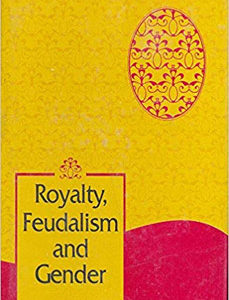GENDER COMPOSITION: Values, Preferences and Behaviour
₹995.00 Original price was: ₹995.00.₹796.00Current price is: ₹796.00.
25 in stock
In India, gender dimension in value and preference of children is highly pervasive. A strong desire for a son often leads to high fertility and larger family size. Daughters are accepted reluctantly and often considered a liability for the family. In the transition from large to small family and a desire for a ?balanced family?, the sex composition of the children is influenced by a large set of factors. So for analysis of family size and composition in the Indian setting has received very little attention from scholars.
This comparative study focuses on various aspects of families with different sizes and compositions of children from the socio-demographic perspective. It also deals with the reproductive experiences of the couples and the strategies to achieve a given size and composition of children. Besides, a comparison of inter-birth interval has been made between children of the same sex and different sex, based on sex, parity and order of birth. Lastly, an attempt is made to study the self-perception of the status of women and also by other members of the family across different family compositions.
| Author's Name | |
|---|---|
| Binding | |
| Release Year | |
| Language | |
| Publisher |
Related products
Women Studies
Women Studies
Women Studies
Women Studies
Women Studies











